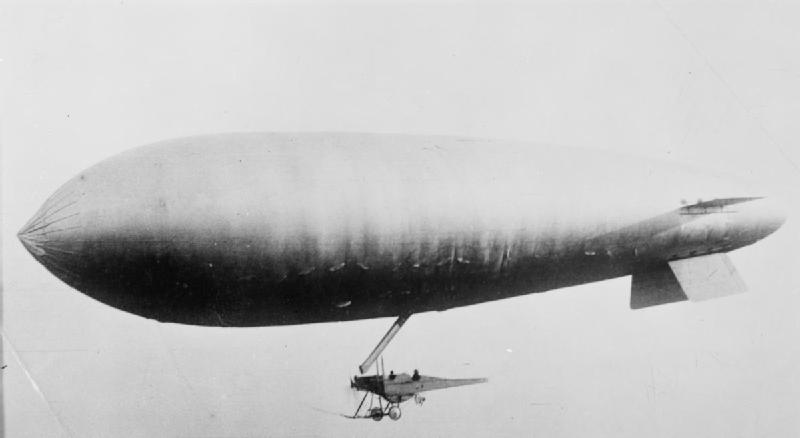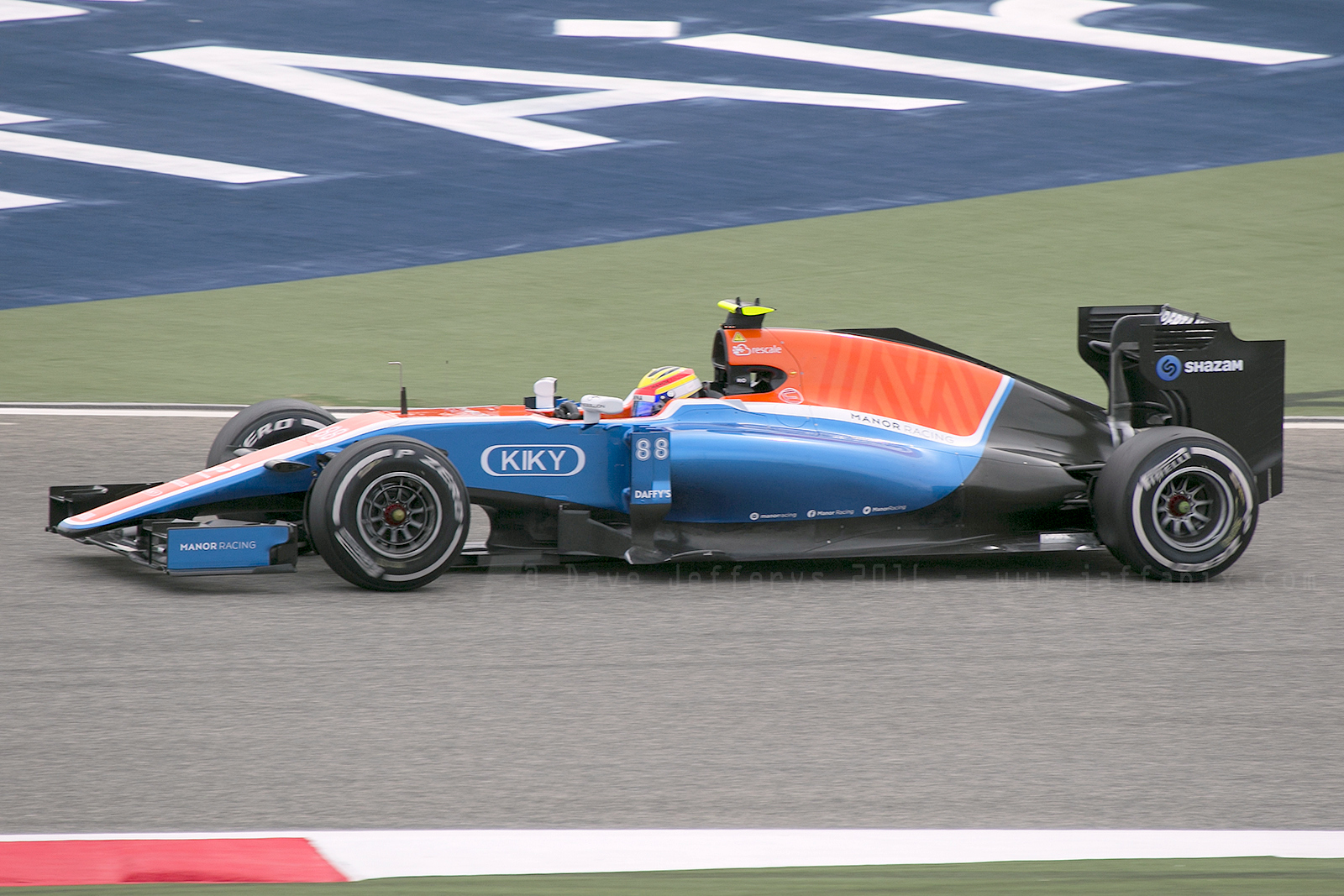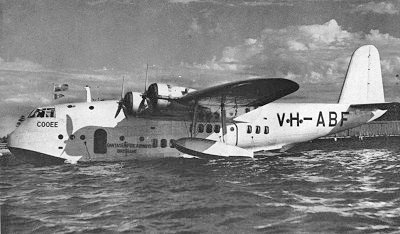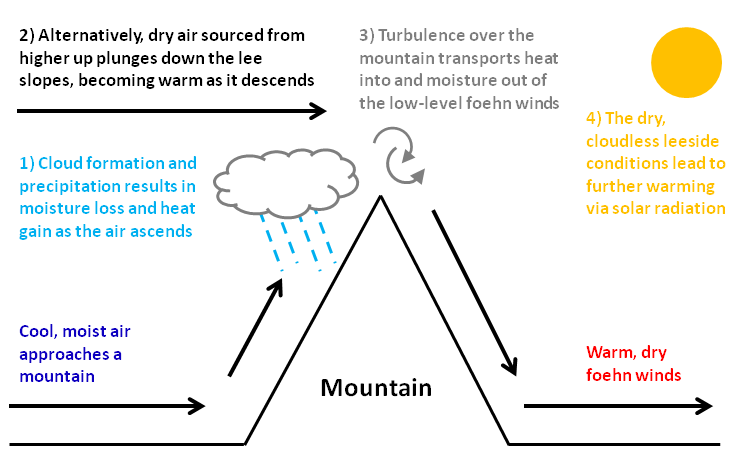|
Zeppelin-Lindau Rs.I
The Zeppelin-Lindau Rs.I (also known as the Dornier Rs.I) was a large three-engined biplane flying boat designed by Claudius Dornier and built during 1914–15 on the German side of Lake Constance. It was destroyed in a storm. Design and development Claudius Dornier gained the attention of Count Ferdinand von Zeppelin while working on a proposed trans-atlantic airship during 1913. Later he appointed him as chief designer of the Zeppelin-Werke at Lindau, responsible for building large patrol flying boats. Dornier's first design to be built was the Rs.I. This was a large aircraft (''Riesenflugzeug'' in the German classification) constructed largely of high-strength steel for highly stressed parts, and Duralumin (aluminium alloy) for low stress parts. The wings were on top of the hull and were braced with four sets per side of Warren strut style interplane structures comprising 'V' struts, which obviated the need for drag inducing wire bracing. The wing structure was formed with bu ... [...More Info...] [...Related Items...] OR: [Wikipedia] [Google] [Baidu] |
Maritime Patrol Aircraft
A maritime patrol aircraft (MPA), also known as a patrol aircraft, maritime reconnaissance aircraft, maritime surveillance aircraft, or by the older American term patrol bomber, is a fixed-wing aircraft designed to operate for long durations over water in maritime patrol roles — in particular anti-submarine warfare (ASW), anti-surface warfare, anti-ship warfare (AShW), and search and rescue (SAR). In addition to dedicated airframes, mid-size and large business jets have been modified for MPA missions, offering rapid deployment, extended range, long endurance, and lower life-cycle costs. Among other maritime surveillance resources, such as satellites, ships, unmanned aerial vehicles (UAVs) and helicopters, the MPA is an important asset. To perform ASW operations, MPAs typically carry air-deployable Sonobuoy, sonar buoys as well as torpedoes and are usually capable of extended flight at low altitudes. History First World War The first aircraft that would now be identified as ... [...More Info...] [...Related Items...] OR: [Wikipedia] [Google] [Baidu] |
Biplanes
A biplane is a fixed-wing aircraft with two main wings stacked one above the other. The first powered, controlled aeroplane to fly, the Wright Flyer, used a biplane wing arrangement, as did many aircraft in the early years of aviation. While a biplane wing structure has a structural advantage over a monoplane, it produces more drag (aerodynamics), drag than a monoplane wing. Improved structural techniques, better materials and higher speeds made the biplane configuration obsolete for most purposes by the late 1930s. Biplanes offer several advantages over conventional cantilever monoplane designs: they permit lighter wing structures, low wing loading and smaller span for a given wing area. However, interference between the airflow over each wing increases drag substantially, and biplanes generally need extensive bracing, which causes additional drag. Biplanes are distinguished from tandem wing arrangements, where the wings are placed forward and aft, instead of above and below. ... [...More Info...] [...Related Items...] OR: [Wikipedia] [Google] [Baidu] |
Mid-engined Aircraft
In automotive engineering, a mid-engine layout describes the placement of an automobile engine in front of the rear-wheel axles, but behind the front axle. History The mid-engine, rear-wheel-drive format can be considered the original layout of automobiles. A 1901 Autocar was the first gasoline-powered automobile to use a drive shaft and placed the engine under the seat. This pioneering vehicle is now in the collection of the Smithsonian Institution. Benefits Mounting the engine in the middle instead of the front of the vehicle puts more weight over the rear tires, so they have more traction and provide more assistance to the front tires in braking the vehicle, with less chance of rear-wheel lockup and less chance of a skid or spin out. If the mid-engine vehicle is also rear-drive the added weight on the rear tires can also improve acceleration on slippery surfaces, providing much of the benefit of all-wheel-drive without the added weight and expense of all-wheel-drive comp ... [...More Info...] [...Related Items...] OR: [Wikipedia] [Google] [Baidu] |
Flying Boats
A flying boat is a type of seaplane with a hull (watercraft), hull, allowing it to land on water. It differs from a floatplane in having a fuselage that is purpose-designed for flotation, while floatplanes rely on fuselage-mounted floats for buoyancy. Though a flying boat’s fuselage provides buoyancy, it may also utilize under-wing Float (nautical), floats or wing-like hull projections (called sponsons) for additional stability. Ascending into common use during the First World War, flying boats rapidly grew in both scale and capability during the interwar period, during which time numerous operators found commercial success with the type. Flying boats were some of the largest aircraft of the first half of the 20th century, exceeded in size only by bombers developed during the Second World War. Their advantage lay in using water instead of expensive land-based runways, making them the basis for international airlines in the interwar period. They were also commonly used as mar ... [...More Info...] [...Related Items...] OR: [Wikipedia] [Google] [Baidu] |
1910s German Patrol Aircraft
Year 191 (Roman numerals, CXCI) was a common year starting on Friday of the Julian calendar. At the time, it was known as the Year of the Consulship of Apronianus and Bradua (or, less frequently, year 944 ''Ab urbe condita''). The denomination 191 for this year has been used since the early medieval period, when the Anno Domini calendar era became the prevalent method in Europe for naming years. Events By place Parthia * King Vologases IV of Parthia dies after a 44-year reign, and is succeeded by his son Vologases V of Parthia, Vologases V. China * A coalition of Chinese warlords from the east of Hangu Pass launches a Campaign against Dong Zhuo, punitive campaign against the warlord Dong Zhuo, who seized control of the central government in 189, and held the figurehead Emperor Xian of Han, Emperor Xian hostage. After suffering some defeats against the coalition forces, Dong Zhuo forcefully relocates the imperial capital from Luoyang to Chang'an. Before leaving, Dong Z ... [...More Info...] [...Related Items...] OR: [Wikipedia] [Google] [Baidu] |
List Of Flying Boats And Floatplanes
The following is a list of seaplanes, which includes floatplanes and flying boats. A seaplane is any airplane that has the capability of landing and taking off from water, while an amphibian is a seaplane which can also operate from land. (They do not include rotorcraft, or ground-effect vehicles which can only skim along close to the water) A flying boat relies on its main hull for buoyancy, while a floatplane has a conventional aircraft fuselage fitted with external floats. In some locales, the term "seaplane" is used as a synonym for floatplane. List A small number of seaplanes have retractable beaching gear, which is not capable of being used for landings and takeoffs, but these remain flying boats or floatplanes and are not amphibians. Many floatplanes, especially those since 1945, can have either conventional floats for operating just from water, or amphibious floats, which have retractable undercarriage built into them. Some experimental flying boats have used skis or ... [...More Info...] [...Related Items...] OR: [Wikipedia] [Google] [Baidu] |
Felixstowe F
Felixstowe ( ) is a port town and civil parish in the East Suffolk district, in the county of Suffolk, England. The estimated population in 2017 was 24,521. The Port of Felixstowe is the largest container port in the United Kingdom. Felixstowe is approximately northeast of London. History There are competing theories as to how the name of Felixstowe arose. One is that the town is named after Felix of Burgundy, a saint and the first bishop of the East Angles in the seventh century, although this is unlikely as the name Felixstowe is not recorded for almost 900 years. An alternative etymology is from the Anglo-Saxon or Old English name "Filicia" and "stōw", meaning a place of location. Literally Filicia's place. The earliest recorded names "Filchestou" from 1254, and "Filchestowe" in 1291 support this idea. It is possible that the later reworking of Filicia/Filche was made with the intention of referencing Felix of Burgundy. The old Felixstowe hamlet was centred on a pub and c ... [...More Info...] [...Related Items...] OR: [Wikipedia] [Google] [Baidu] |
AD Seaplane Type 1000
The AD Seaplane Type 1000 also known as the Admiralty Type 1000 and the AD.1 (from Air Department) was a British seaplane of the First World War designed to attack German warships. When it first flew, it was the largest British aircraft yet to take to the air. Development The design of the AD.1 was by Harris Booth of the Admiralty's Air Department just prior to World War I. It was the world's first aircraft designed from scratch as a torpedo bomber, one of the three planned versions of the design. The other two were a bomber and an aircraft armed with a recoilless Davis 12-pounder gun (approximately 76 mm calibre). The aircraft was a float-equipped biplane of pod-and-boom design, with engines mounted at the front of both booms, as well as at the rear of the crew pod. Development began in 1915; it was completed and flown for the first time during the summer of 1916. It was found that the Davis gun would project a blast rearwards so the weapon was changed for a conventi ... [...More Info...] [...Related Items...] OR: [Wikipedia] [Google] [Baidu] |
Maybach HS
The Maybach Mb.IV, originally designated Maybach HS, (only related to the Mb IVa by layout and size), was a straight-six piston engine of output, originally developed for use in airships. It was also used for large aircraft such as the Zeppelin-Lindau Rs.I seaplane. Variants of the original HS engine included the Maybach HS D, Maybach HS K and Maybach HS Lu. The latter engine was used in the Zeppelin A Zeppelin is a type of rigid airship named after the German inventor Ferdinand von Zeppelin () who pioneered rigid airship development at the beginning of the 20th century. Zeppelin's notions were first formulated in 1874Eckener 1938, pp. 155� ...-type and Schütte-Lanz Type E airships. Variants ;Maybach HS:Company designation ;Maybach HS D: A variant of the HS ;Maybach HS K: Another variant of the HS ;Maybach HS Lu: A high compression high altitude rated variant ;Mb.IV: The designation for production HS engines Applications * Zeppelin-Lindau Rs.I * Zeppelin-Staaken VGO.I ... [...More Info...] [...Related Items...] OR: [Wikipedia] [Google] [Baidu] |
Foehn Wind
A Foehn, or Föhn (, , , ), is a type of dry, relatively warm downslope wind in the lee of a mountain range. It is a rain shadow wind that results from the subsequent adiabatic warming of air that has dropped most of its moisture on windward slopes (see orographic lift). As a consequence of the different adiabatic lapse rates of moist and dry air, the air on the leeward slopes becomes warmer than equivalent elevations on the windward slopes. Foehn winds can raise temperatures by as much as in just a matter of hours. Switzerland, southern Germany, and Austria have a warmer climate due to the Foehn, as moist winds off the Mediterranean Sea blow over the Alps. Etymology The name ''Foehn'' (, ) arose in the Alpine region. Originating from Latin , a mild west wind of which Favonius was the Roman personification and probably transmitted by or just , the term was adopted as . In the Southern Alps, the phenomenon is known as but also and in Serbo-Croatian and Slovene. Th ... [...More Info...] [...Related Items...] OR: [Wikipedia] [Google] [Baidu] |





